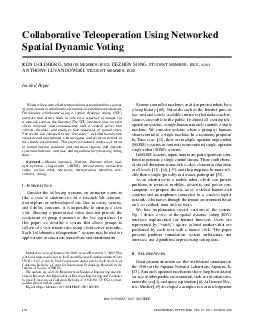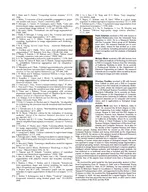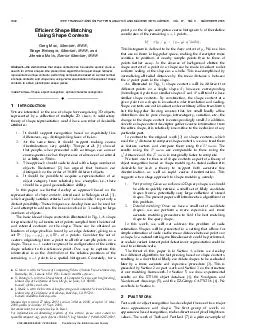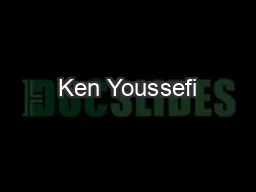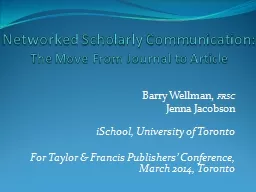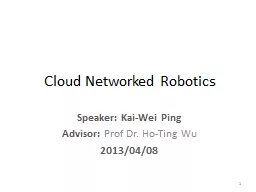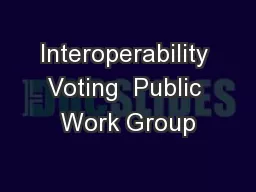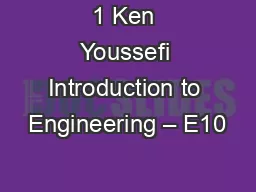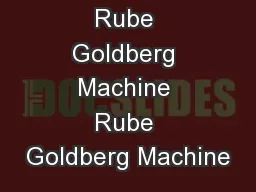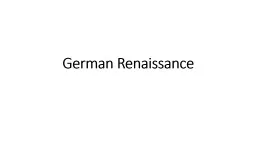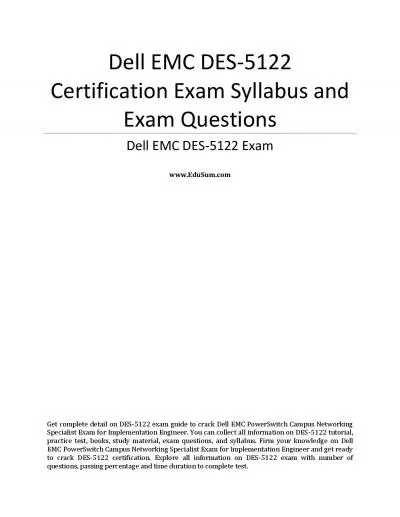PDF-Collaborative Teleoperation Using Networked Spatial Dynamic Voting KEN GOLDBERG SENIOR
Author : natalia-silvester | Published Date : 2014-12-21
Participants collaborate using a spatial dynamic voting SDV interface that allows them to vote on a sequence of images via a network such as the Internet The SDV
Presentation Embed Code
Download Presentation
Download Presentation The PPT/PDF document "Collaborative Teleoperation Using Networ..." is the property of its rightful owner. Permission is granted to download and print the materials on this website for personal, non-commercial use only, and to display it on your personal computer provided you do not modify the materials and that you retain all copyright notices contained in the materials. By downloading content from our website, you accept the terms of this agreement.
Collaborative Teleoperation Using Networked Spatial Dynamic Voting KEN GOLDBERG SENIOR: Transcript
Download Rules Of Document
"Collaborative Teleoperation Using Networked Spatial Dynamic Voting KEN GOLDBERG SENIOR"The content belongs to its owner. You may download and print it for personal use, without modification, and keep all copyright notices. By downloading, you agree to these terms.
Related Documents

